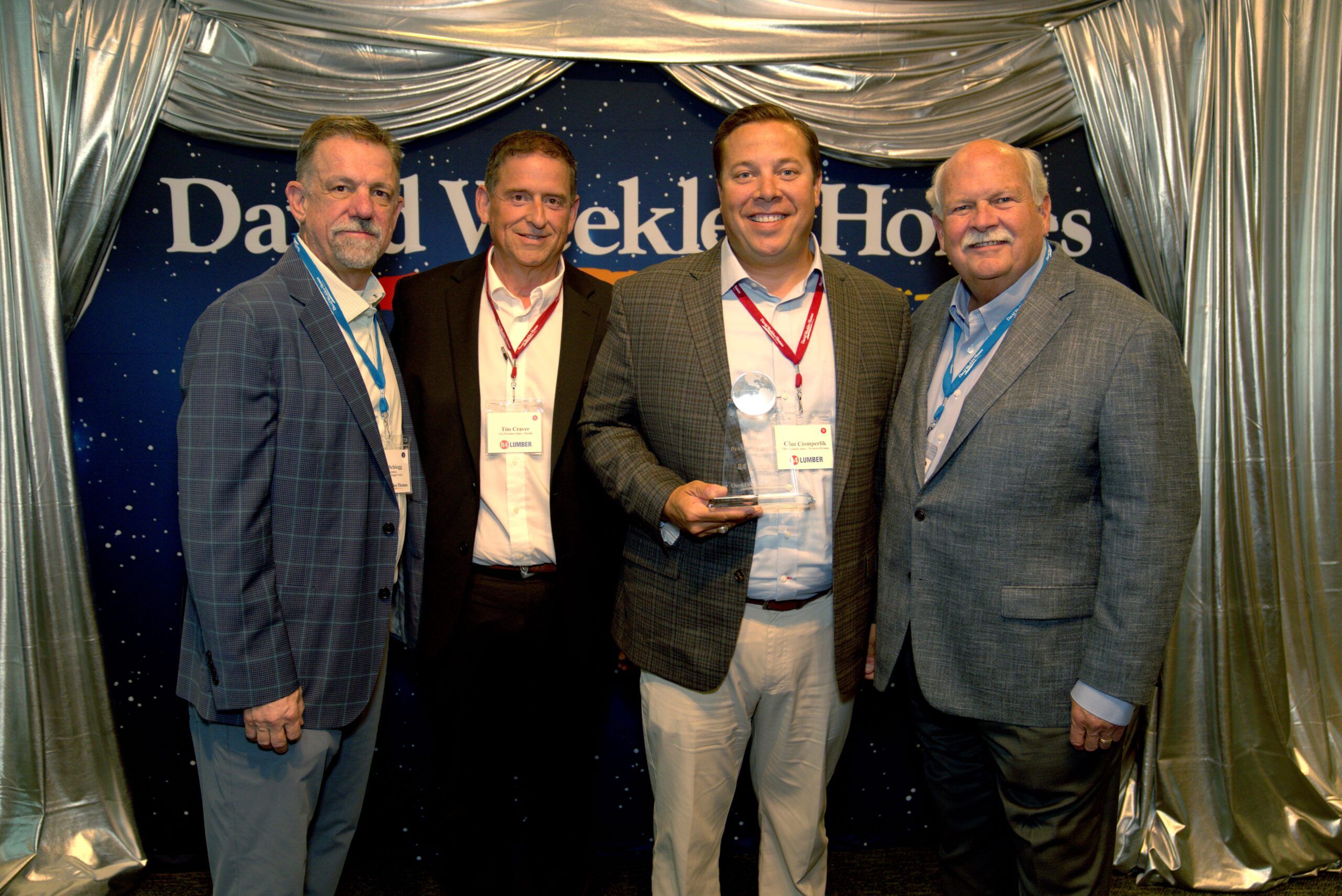As environmental protection becomes a bigger concern, more businesses are looking for ways to turn waste into a resource, or making expired products useful in different forms.
Recycling anchored the environmental awareness movement in the 1960s and ‘70s, and companies climbed on board, repurposing materials as a way to showcase environmentally-friendly practices. For example, the shoe company Nike, using recycled polyester, says it has preserved 3 billion plastic bottles since 2010. European furniture producer Pentatonic makes chairs by recycling its own products into new ones.
With “sustainability” and “going green” the modern environmental buzzwords, newer technology is bringing innovations for more disposal/reusable options. Companies, therefore, are better able to meet increased governmental regulations, help the community and perhaps boost their bottom line.
“Engaging with sustainability has become unavoidable for most companies,” says Barry Breede (www.koppersuip.com), author of Transforming the Utility Pole and chief innovation officer at Koppers Utility & Industrial Products.
“Some are looking at more aggressive approaches because government regulations start to take effect. Others are driven by their own internal goals to manage their waste stream in a more environmentally-friendly and cost-effective manner.”
Throw in the fact that landfills are quickly filling up across America, Breede says, and disposing of company waste in a responsible and forward-thinking way has never been more important.
At Walt Disney World, for example, food waste is turned into energy. In a nearby anaerobic digestion facility, the organic waste is converted into renewable biogas to generate electricity – enough to help power central Florida, including Disney’s hotels and theme parks. The remaining solid material is processed into fertilizer.
Breede says today’s primary disposal options that are environmental-friendly include:
• Landfill-to-gas. As landfill operators have less space to offer, many have converted their landfills into energy-producing plants. As the material decomposes, it produces methane, which powers turbines. Over 400 such facilities are in operation in the U.S. and more are in development. “The Environmental Protection Agency has thrown its weight behind this option, since it turns already-existing landfill into a source of at least some value and reduces the greenhouse gas emissions,” Breede says. “It’s attractive to some utilities that are trying to comply with alternative energy mandates.”
• Waste-to-energy. This type of facility takes raw material waste and converts it to energy by incinerating it at a high temperature. Most of the raw material comes in garbage collections. “A facility will contract with a municipality to collect its garbage to fuel the plant,” Breede says. “This process either generates heat or electricity or provides boiler fuel to generate steam or gas energy.”
• Biomass. “This way is more desirable to a utility, such as one getting rid of wooden poles,” Breede says. “Biomass facilities are reliant on this type of feedstock as a fuel source, thus they’ll pay for the material. A cement company may use this waste stream as its primary energy source.”
• Circular model. “Rather than just treat the remaining raw material as waste to be gotten rid of, companies can innovate by turning that material into input for a new product,” Breede says. “The circular economy has emerged as a value generator from both the business and environmental point of view.”
“Most options involve a trade-off between affordability and a level of environmental stewardship,” Breede says. “But thanks to innovation and collaboration, these are ways for companies to be much kinder to the environment.”
About Barry Breede
Barry Breede (barrybreede.com), author of Transforming the Utility Pole, is the chief innovation and marketing officer at Koppers Utility & Industrial Products―a national leader in the sale of wood utility poles. He leads the company’s efforts in commercializing new business ventures, products, and services. Breede also assists Cox Recovery, a Koppers subsidiary providing utilities with environmentally-friendly methods of disposing of wood waste. A graduate of the University of Oregon, Barry has also worked extensively in the innovation area with several global companies including Electrolux AB, Umbro International, and Specialized Bicycles. Barry currently resides in Greenville, South Carolina.











